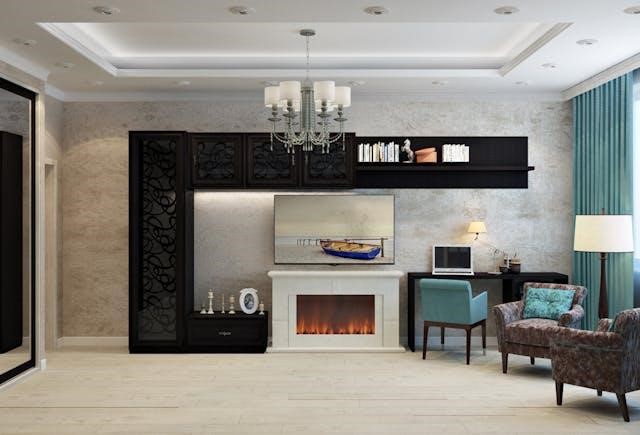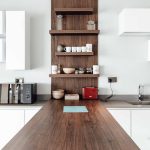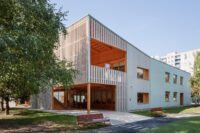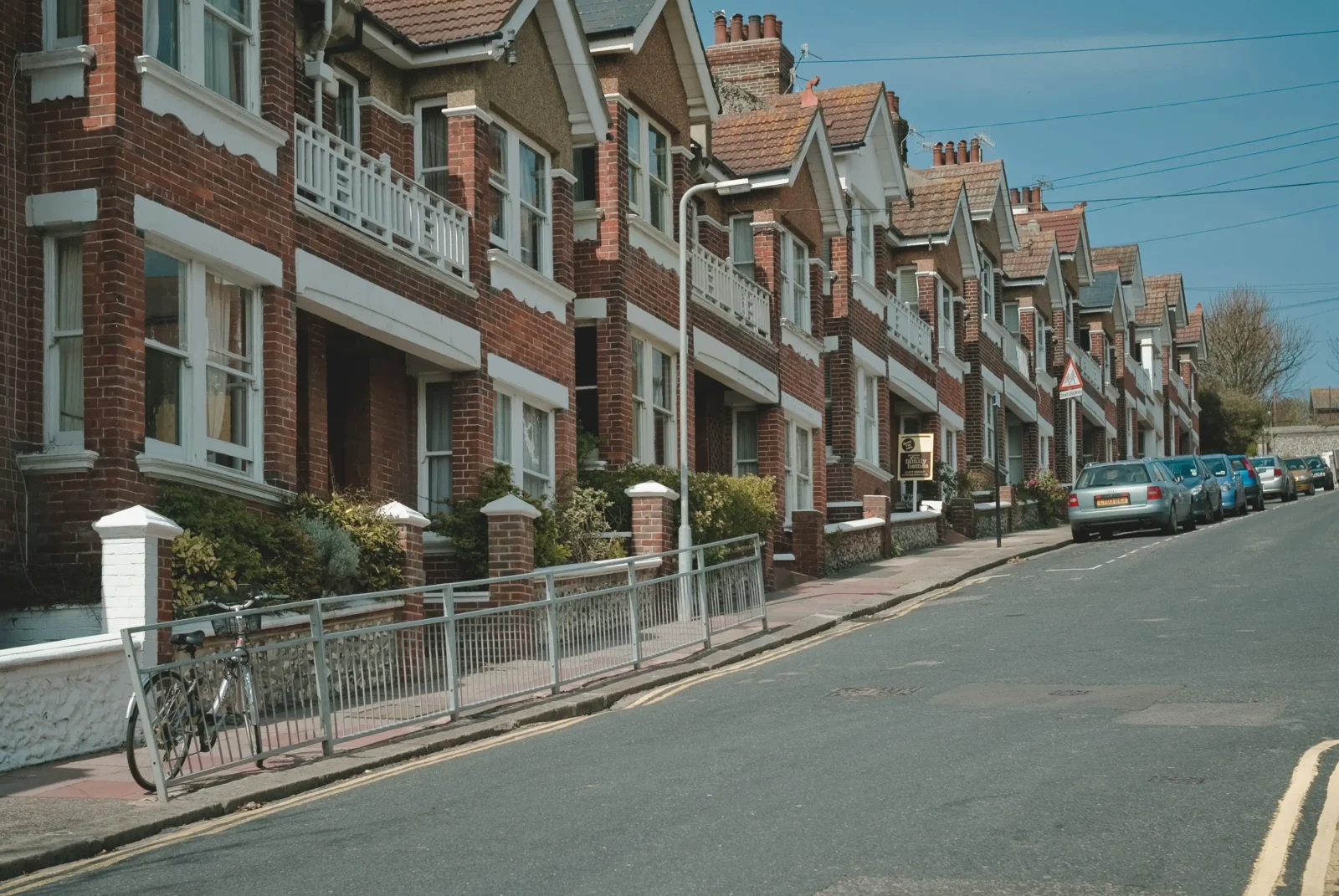- Home
- Articles
- Architectural Portfolio
- Architectral Presentation
- Inspirational Stories
- Architecture News
- Visualization
- BIM Industry
- Facade Design
- Parametric Design
- Career
- Landscape Architecture
- Construction
- Artificial Intelligence
- Sketching
- Design Softwares
- Diagrams
- Writing
- Architectural Tips
- Sustainability
- Courses
- Concept
- Technology
- History & Heritage
- Future of Architecture
- Guides & How-To
- Art & Culture
- Projects
- Interior Design
- Competitions
- Jobs
- Store
- Tools
- More
- Home
- Articles
- Architectural Portfolio
- Architectral Presentation
- Inspirational Stories
- Architecture News
- Visualization
- BIM Industry
- Facade Design
- Parametric Design
- Career
- Landscape Architecture
- Construction
- Artificial Intelligence
- Sketching
- Design Softwares
- Diagrams
- Writing
- Architectural Tips
- Sustainability
- Courses
- Concept
- Technology
- History & Heritage
- Future of Architecture
- Guides & How-To
- Art & Culture
- Projects
- Interior Design
- Competitions
- Jobs
- Store
- Tools
- More
Integrating Gas Logs for Fireplaces into Modern Architectural Designs

Fireplaces have long been a central element in the home, evolving from essential heating sources to focal points of design elegance and technological innovation. In modern architectural designs, integrating gas logs into fireplaces is about maintaining warmth and enhancing the aesthetic value and functionality of living spaces. As we lean more towards sleek, contemporary styles, gas logs offer a clean, convenient alternative to traditional wood-burning setups, blending seamlessly with modern décor.
The significance of merging aesthetic appeal with functionality in contemporary settings cannot be overstated. Today’s gas fireplaces are designed to mimic the mesmerizing appeal of real wood flames while offering the added benefits of efficiency and environmental friendliness. This integration speaks volumes about our progress in interior design—where the charm of the old can meet the innovation without missing a beat. As we explore this evolution, it’s clear that the modern fireplace, equipped with gas logs, is not just a utility but a statement piece that stands as a testament to the fusion of art and technology in our homes.
Table of Contents
ToggleDesign Considerations for Integrating Gas Logs
When it comes to modern fireplace design, the choice of materials and their placement play a pivotal role in the installation’s aesthetics and functionality. Let’s dive into how materials like marble, steel, and glass enhance the visual appeal and bring practical benefits to modern fireplace setups.
Materials and Textures:
The elegance of marble in a gas fireplace introduces a timeless luxury, its veins and patterns offering a unique display with each flicker of the flame. Steel, known for its durability and sleek appearance, aligns perfectly with minimalist and industrial themes, often finished with matte or gloss to complement the clean lines of contemporary living spaces. On the other hand, glass adds a layer of sophistication, allowing a clear view of the dancing flames while contributing to the sense of openness and space—vital in modern designs. Each material’s distinct texture and color plays a crucial role in defining the fireplace’s character within a space.
For those considering upgrading or installing a new gas fireplace, exploring a range of gas logs for fireplace options can provide insights into the various styles that can complement your home decor.
Fireplace Placement:
A fireplace’s placement can significantly impact a room’s flow and feel. Central installations make a dramatic statement, serving as the heart of a room from which all other elements take cue. Corner setups are perfect for smaller spaces or subtle additions to a room, using often overlooked spaces. Then there are the see-through designs, not just fireplaces but architectural elements that enhance the connectivity between rooms. These options provide flexibility in design while ensuring that the fireplace complements the living space’s utility and aesthetic value.
Size and Shape:
The trend towards larger, linear fireplaces continues to grow, driven by their ability to offer a clean, stretched visual that enhances the room’s length and modern feel. These fireplaces are not just sources of warmth but are pivotal in defining the room’s character and style. Their expansive glass fronts provide a large, unobstructed view of the flames, making them a natural centerpiece in any setting. The choice of a linear design often reflects a preference for simplicity and elegance, aligning well with contemporary architectural styles’ spacious and airy feel.
Functional Aspects

The allure of gas fireplaces in modern homes goes beyond their visual appeal. It extends into their functional enhancements, which focus on heating efficiency and safety innovations. Let’s explore how these functional aspects transform the fireplace experience at home.
Heating Efficiency:
Modern gas fireplaces are a testament to technological advancements prioritizing efficiency and environmental sustainability. Unlike traditional wood-burning fireplaces, which can be somewhat inefficient and pollutive, contemporary gas fireplaces are designed to maximize heat output while minimizing waste and emissions. Advancements in burner technology and better insulation ensure that more heat is effectively radiated into the room rather than being lost up the chimney. Moreover, the ability to adjust the flame and heat output allows homeowners to maintain comfort while conserving energy, aligning with today’s green building standards.
Safety Features:
Safety in modern fireplace design has seen significant improvements, making them a stylish addition to homes and a safer one. Innovations such as cool-to-touch glass make it safer for homes with children and pets, allowing the fireplace to be a central part of family rooms without the traditional risks. Additionally, automatic shut-off systems enhance this safety by ensuring that the fireplace turns off in unsafe conditions or after a set period of inactivity. These features integrate seamlessly into the fireplace’s design, maintaining the sleek look while ensuring homeowners peace of mind. Such advancements have made gas fireplaces a preferred choice for those looking to blend style, functionality, and safety.
Aesthetic Appeal
In modern architecture, gas fireplaces’ aesthetic appeal is just as important as their functionality. They play a pivotal role in the overall design and ambiance of living spaces. Let’s delve into how various fireplace styles and material choices enhance the aesthetic value and set the mood and character of contemporary interiors.
Visual Impact:
Modern fireplaces, particularly those with double-sided or multi-sided designs, offer a unique visual appeal that transforms them into the centerpiece of any room. A double-sided fireplace provides an elegant and functional divider between spaces, such as between a living room and dining area, allowing for a seamless flow and connectivity while offering the cozy warmth and mesmerizing view of flickering flames from multiple angles. Multi-sided fireplaces push this concept even further, offering panoramic views that make a striking architectural statement. These designs not only enhance the room’s ambiance but also invite conversation and gathering, creating a focal point that is both visually appealing and socially inviting.
Material Fusion:
The choice of materials in modern fireplace design plays a crucial role in defining the space’s aesthetic. For instance, the use of polished wood adds a warm, organic touch to the fireplace, contrasting beautifully with more industrial materials like metal or glass, and can be tailored to echo the tones and textures of the home’s furniture and fittings. Rough concrete, on the other hand, offers a minimalist, textural appeal that complements the stark, chic lines of modern decor. It serves as a rugged yet refined backdrop that highlights the bright, dancing flames of the gas fireplace. Each material, whether the rich hues of wood or the stark, raw appeal of concrete, contributes to a layered and sophisticated design narrative, blending tradition with modernity to create spaces that feel grounded and avant-garde.
Customization and Personalization

The modern fireplace is not just a heating element; it’s a piece of art tailored to fit a home’s unique style and architectural nuances. Customization and personalization are at the heart of contemporary fireplace design, allowing every installation to reflect individual taste and architectural vision.
Tailoring to Space:
Contemporary fireplace designs offer various customization options that cater to various architectural styles, from the classic charm of traditional homes to the bold lines of avant-garde modernism. Manufacturers like Ortal Fireplaces provide bespoke solutions that can adapt to any space requirement—a compact corner unit for a small apartment or a sprawling multi-sided fireplace that serves as the centerpiece of a large open-plan living area. The flexibility in size, shape, and style ensures that each fireplace installation is as unique as the home it warms.
Decorative Elements:
Adding decorative elements such as ceramic logs, pebbles, or glass beads can significantly enhance the visual appeal of gas fireplaces. These elements mimic the natural beauty of a traditional fire and add a personal touch that reflects the homeowner’s style. From the rustic look of driftwood logs to the sleek finish of black glass pebbles, each choice plays a crucial role in the fireplace’s overall design narrative, offering a way to subtly infuse personality into the space.
Technological Integration

Modern fireplaces blend traditional warmth with cutting-edge technology, enhancing functionality and user experience through smart features and innovative installation solutions.
Smart Features:
Today’s gas fireplaces are often equipped with smart controls that allow users to adjust settings remotely from their smartphones or tablets. This integration extends to temperature control, flame height, and even scheduling, ensuring the fireplace operates efficiently, providing warmth when needed, and conserving energy when not. The convenience offered by these smart features supports a lifestyle that values comfort and energy efficiency, aligning perfectly with the modern homeowner’s expectations of functionality and environmental responsibility.
Innovative Installation Solutions:
Advanced venting systems and new technologies that allow for closer proximity to combustible materials revolutionize the flexibility of modern fireplace installation. Companies like Regency Fireplaces have developed systems that transfer heat away from the fireplace, allowing for safe installation under TVs or in wooden frames without risk of heat damage. These innovations not only expand the possibilities of where a fireplace can be installed but also reduce the constraints on interior design, allowing for greater creativity and personalization in home layouts.
Conclusion
As we’ve explored, integrating gas logs into modern architectural designs transcends traditional boundaries, blending functionality with aesthetic appeal through innovative materials, strategic placements, and advanced technologies. The evolution of fireplace designs in contemporary architecture is poised to continue embracing these trends, pushing further into energy efficiency, safety, and personalized style. The future of fireplace design promises to deepen this integration, ensuring that fireplaces serve as warm, inviting centers of the home and as dynamic elements of modern living spaces that reflect cutting-edge design and technology.
illustrarch is your daily dose of architecture. Leading community designed for all lovers of illustration and #drawing.
Submit your architectural projects
Follow these steps for submission your project. Submission FormLatest Posts
Online 3D Terrain Mapping Tools for Urban and Landscape Design in 2025
A curated guide to the best online 3D terrain mapping tools in...
10 Interesting Facts About Zaha Hadid
Zaha Hadid was a visionary architect whose fluid forms, bold experimentation, and...
Common Emergency Repairs Every Homeowner Should Be Ready For
For most of us, when something goes wrong, we have a propensity...
Designing, Retrofitting, and Valuing Non-Standard Homes in Britain
Britain’s housing stock carries a quiet contradiction. From the street, many homes...












Leave a comment